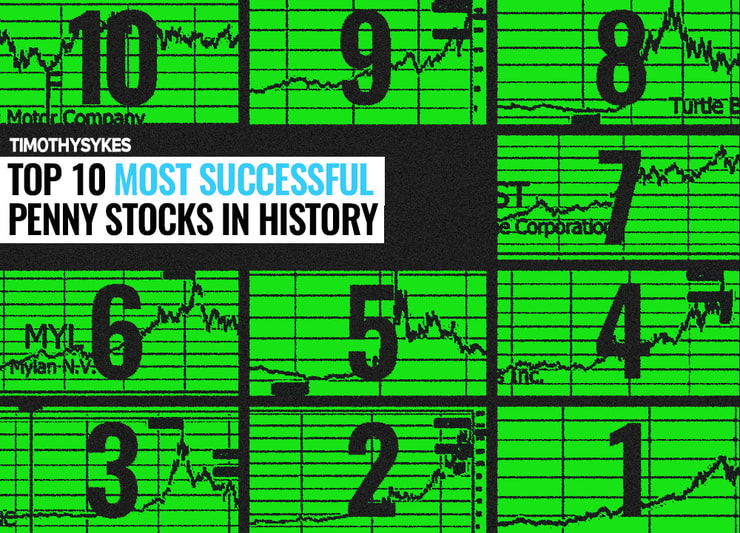The AI momentum continues to surge in the market among cheap stocks.
For example …
Yesterday, August 19, a stock spiked 160%* after announcing its AI-driven solar unit was accepted into NVIDIA’s elite Connect Program.
The same day, another cheap stock ripped 120%* higher after it launched Art-Gen.AI: A game-changing image/video platform built on top-tier AI models from Google, Stability AI, and more.
AI news catalysts still create massive spikes in the market.
And these are the exact setups I’ve traded/taught for more than 2 decades.
AI stocks aren’t the only runners. The volatility in this market is pushing all kinds of cheap assets higher.
On Monday a biotech stock spiked 120%* after announcing FDA news.
Traders who aren’t prepared for these moves will continue to miss out.
And this is NOT the time to slack off. The market is red hot in 2025, and it could grow even hotter as the Fed lowers interest rates in September.
Lower rates could kick off a flurry of investment that’s capable of pushing the market to new highs.
Make sure you’re prepared before these +100% spikes get even bigger …
Follow These Patterns

2025 Millionaire Media, LLCThere are already a lot of examples from this week to learn from.
I mentioned three earlier:
- PainReform Ltd. (NASDAQ: PRFX) spiked 160%* with NVIDIA news.
- Gaxos.ai Inc. (NASDAQ: GXAI) spiked 120%* with news of its new AI launch.
- Soligenix Inc. (NASDAQ: SNGX) spiked 120%* with FDA news.
These kinds of stock spikes offer huge opportunities for gains.
But there are risks.
The stocks spike to incredible highs because the share prices are cheap. And the share prices are cheap because the stocks are garbage. Which means eventually, the spikes will crash.
We don’t want to hold shares of these stocks as they fall lower.
Instead, my millionaire students and I find common patterns in the price action to help us make gains with controlled risk.
More Breaking News
- scPharmaceuticals Surges Amid Patent Approvals and Revenue Growth
- Avino Silver & Gold Mines’ Q2 Results Elevate Market Prospects
- Roblox Surpasses Expectations with Record-Breaking Game Launch
- MP Materials Surges Amid Strategic Deals
For example, let’s look at the runners from this week.
On the charts below, every candle represents one trading minute.
PRFX:

GXAI:

SNGX:

Every stock spike is a little unique. But they all show us the same structures … Like a snowflake.
Traders who recognize these structures (patterns) in real time are free to build positions and take profits.
It’s a simple concept … But it does take some getting used to.
Start now before the next surge!
Watch my video below for a full tutorial of my trade process and the patterns that my millionaire students and I use:
As we get closer to the Fed’s September rate cuts, this momentum could gain steam.
Ensure you know how to play these setups NOW before this volatility explodes.
And keep this week’s runners on your watchlist. You never know when we could see a follow-up move or a squeeze to new highs.
Cheers
*Past performance does not indicate future results









Leave a reply